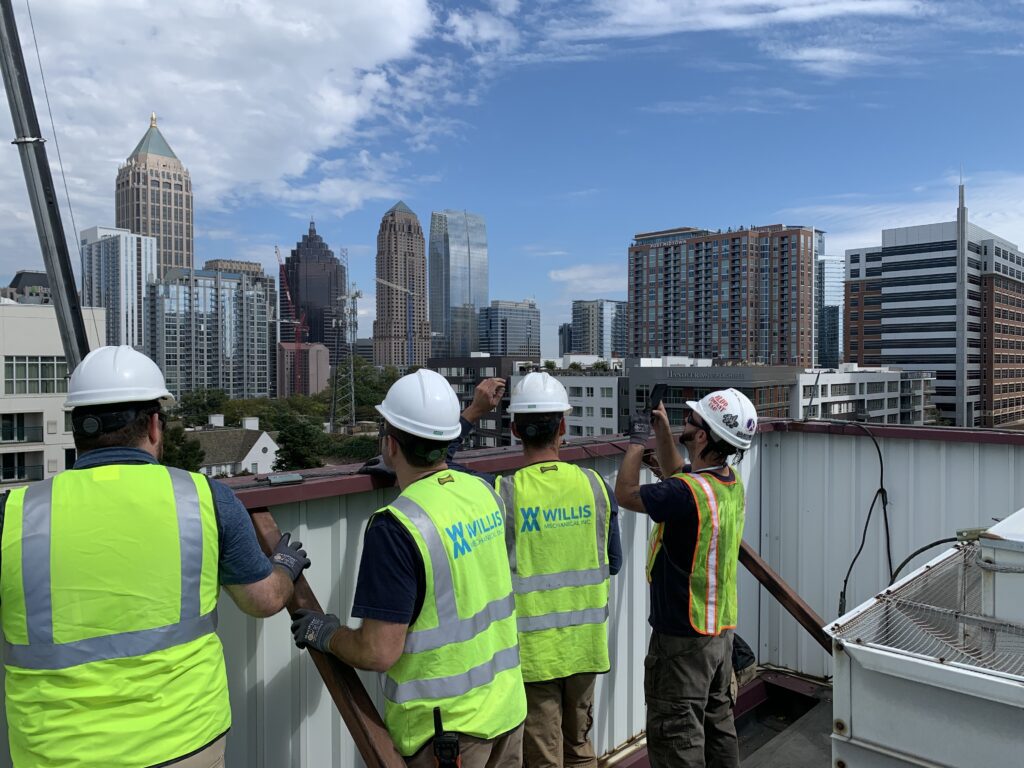Exploring Welding Techniques for Joining Metal and Plastic Pipes: A Comprehensive Guide
In the world of piping, it is essential to have a solid understanding of the various welding techniques available for joining metal and plastic pipes. Each welding process has its unique characteristics, advantages, and applications. In this comprehensive guide, we will explore five commonly used welding methods: stick, MIG, TIG, fusion, and orbital welding. Additionally, we will delve into the importance of different piping materials, including HDPE, copper, PVC, and stainless steel, and discuss sanitary welding practices for clean room environments. Understanding these welding techniques and materials is vital for successful piping projects in commercial and industrial settings.
- Stick Welding: Stick welding, also known as Shielded Metal Arc Welding (SMAW), is a versatile process suitable for joining metal pipes. It involves using a consumable electrode coated with flux, which provides a shielding gas to protect the weld from atmospheric contamination. Stick welding is commonly used in construction, maintenance, and repair projects, especially in outdoor and rugged environments.
- MIG Welding: MIG (Metal Inert Gas) welding, also referred to as Gas Metal Arc Welding (GMAW), is a popular method for joining metal pipes. It employs a wire electrode and a shielding gas, such as argon or a mixture of gases, to protect the weld pool from oxidation. MIG welding offers high productivity, good weld quality, and is suitable for various pipe sizes and thicknesses. It finds applications in manufacturing, fabrication, and automotive industries.
- TIG Welding: TIG (Tungsten Inert Gas) welding, or Gas Tungsten Arc Welding (GTAW), is a precise and versatile welding process commonly used for both metal and plastic pipes. It utilizes a non-consumable tungsten electrode and an inert gas, typically argon, to shield the weld area. TIG welding offers excellent control, produces clean and precise welds, and is particularly suitable for thin-wall piping applications in industries like aerospace, pharmaceuticals, and electronics.
- Fusion Welding: Fusion welding is a technique predominantly used for joining plastic pipes, especially High-Density Polyethylene (HDPE) pipes. This method involves melting the pipe ends and then pressing them together to create a strong, continuous bond. Fusion welding ensures leak-free joints, excellent chemical resistance, and is widely used in water supply, sewage systems, and gas distribution networks.
- Orbital Welding: Orbital welding is a specialized automated welding technique that ensures consistent, high-quality welds, particularly in stainless steel tubing and piping. This process utilizes a computer-controlled power source and a rotating tungsten electrode to produce precise and repeatable welds. Orbital welding is crucial in industries requiring sanitary welding practices, such as food and beverage, pharmaceuticals, and biotechnology, where cleanliness and precision are paramount.
Piping Material Applications:
- HDPE Pipe: High-Density Polyethylene (HDPE) pipes are commonly used for underground water and sewer systems due to their excellent chemical resistance, durability, and flexibility.
- Copper Pipe: Copper pipes are widely used in commercial and industrial applications for plumbing, heating, and cooling systems due to their corrosion resistance, malleability, and thermal conductivity.
- PVC Pipe: Polyvinyl Chloride (PVC) pipes find applications in various industries, including irrigation, drainage, and HVAC systems, due to their cost-effectiveness, durability, and chemical resistance.
When it comes to orbital welding in clean room environments, such as those found in pharmaceutical or biotechnology facilities, an experienced contractor is essential. These environments require stringent cleanliness standards, and orbital welding plays a vital role in maintaining the integrity of the piping systems. An experienced contractor understands the specific requirements of sanitary welding, possesses the necessary certifications, and has the expertise to ensure precise welds while adhering to clean room protocols. Trusting an experienced contractor for orbital welding projects in clean room environments guarantees compliance, avoids contamination risks, and ensures the long-term reliability of the piping systems.
Understanding the various welding techniques for joining metal and plastic pipes is crucial for successful piping projects in commercial and industrial settings. The selection of the appropriate welding method depends on the material being joined, the application requirements, and environmental considerations. Additionally, the choice of piping material, such as HDPE, copper, PVC, or stainless steel, depends on factors like durability, chemical resistance, and cost-effectiveness. In specialized environments like clean rooms, orbital welding becomes crucial for maintaining sanitary conditions. By partnering with an experienced contractor, you can ensure the highest quality welds, compliance with standards, and the longevity of your piping systems.

